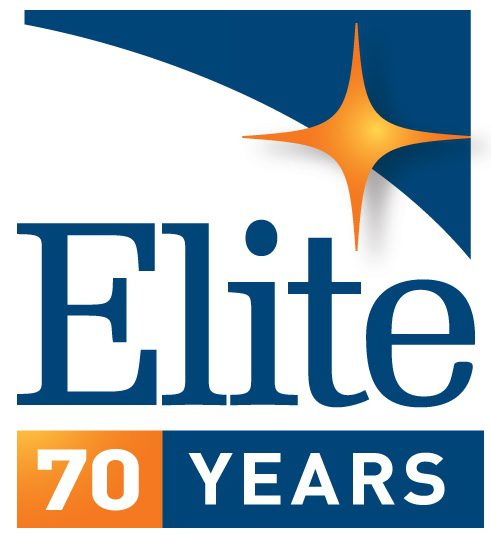October 17, 2017
Most standards and regulations rely on testing and measurement to demonstrate compliance with their requirements. These standards have requirements for the test facilities to be used when testing products for compliance. In order to properly evaluate any product, tests and measurements must be performed in a well-equipped laboratory and under conditions described and specified in the standards. The staff must be well trained and have experience with particular measurement techniques. For example, for radiated emission measurements, a large absorber-lined shielded enclosure (ALSE) or Open Area Test Site (OATS) is required. The test site must be designed and built to meet rigorous site attenuation requirements. The measurement receiver should be equipped with specified bandwidths and detector functions. Measurement antennas are listed and must be characterized for the frequency range. The equipment must be maintained and calibrated with traceability to a national standard. A properly equipped and staffed laboratory is essential for demonstrating that a product is compliant with the standards and regulations.
Manufacturers may choose to have their own internal laboratory or use one of the many independent laboratories for their compliance testing. In either case, to ensure the quality of the test, the laboratory will need to be accredited. Typically, these laboratories are required to be accredited according to the ISO/IEC 17025 standard, which specifies the general requirements for the competence of testing laboratories. These laboratories can be expensive to build and maintain, so many manufacturers will rely on independent third-party laboratories to meet their needs. Test lab trade organizations such as the American Council of Independent Laboratories (ACIL) would be a good source to contact for such third-party testing options. Sometimes a manufacturer will have what is known as a “pre-compliance” laboratory inside its facilities and use an outside third-party laboratory for official measurements. A pre-compliance laboratory might not be accredited nor meet the rigorous requirements in the standard but will be useful for experimenting with the product in its development stage so that it will likely meet the requirements when presented to the compliance laboratory for official tests.

Raymond J. Klouda has been with Elite Electronic Engineering, Inc., since 1981 and serves as President and Senior EMC Engineer. Mr. Klouda has been active in the related fields of electromagnetic compatibility (EMC) and RF shielding design since 1981. He is proficient with military and commercial EMC specifications, including Mil-Std-461, RTCA-DO160, FCC rules, Canadian regulations, CE marking, and international compliance, including CISPR and IEC/ISO specifications. As a technical reviewer, he evaluates and approves radio devices under the Telecommunication Certification Body program. In addition, he leads the team responsible for the administration of Elite’s ISO 17025 quality system and ISO 17065 certification systems. Ray lives in Lisle, IL, USA. He enjoys gardening and traveling. Mr. Klouda received his electrical engineering degree from the University of Illinois at Champaign-Urbana B.S.E.E. (1981) and graduated with honors (Tau Beta Pi and Eta Kappa Nu honor societies). He is an iNARTE-certified EMC engineer and a licensed professional engineer in the state of Illinois. He is an active member of the IEEE EMC Society and the IEEE EMC Chicago Chapter and has served on the Executive Committee since 1989 in various roles (secretary, chair, and member). He was also Technical Program Chair for both the 1994 and 2005 International EMC symposiums held in Chicago, IL, USA.
Posted via: https://www.standardsuniversity.org/e-magazine/september-2017/test-laboratories-compliance-testing/
Labels:
